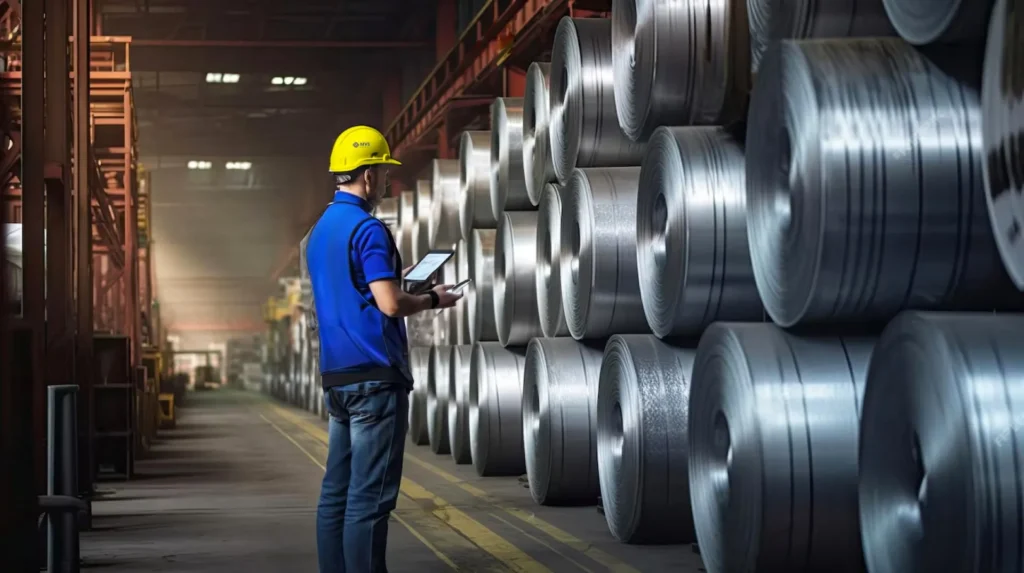Steel production stands at a crossroads in the face of increasing environmental scrutiny and regulations. As global awareness of climate change grows, industries like steel manufacturing are under pressure to minimize their environmental footprint. This blog explores the profound impact of environmental regulations on steel production, focusing on compliance challenges and sustainable practices.
Understanding Environmental Regulations
Environmental regulations governing steel production aim to reduce greenhouse gas emissions, improve air and water quality, and promote sustainable resource use. These regulations vary by region but generally include emission limits, waste management requirements, and standards for energy efficiency.
Compliance Challenges in Steel Production
Achieving compliance with environmental regulations presents significant challenges for steel manufacturers. Investments in advanced technologies, such as emission control systems and energyefficient processes, are often necessary but require substantial capital and operational adjustments. Regulatory compliance demands continuous monitoring, reporting, and adherence to evolving standards, which can strain resources and operational efficiency.
Sustainable Practices in Steel Production
Amid regulatory pressures, steel producers are increasingly adopting sustainable practices to enhance efficiency and reduce environmental impact. These practices include:
Energy Efficiency: Implementing energyefficient technologies and processes to minimize energy consumption and reduce emissions.
Recycling and Waste Management: Emphasizing recycling of steel scrap and optimizing waste management practices to minimize landfill waste and resource depletion.
Green Technologies: Investing in innovative technologies like carbon capture and utilization (CCU) and renewable energy integration to mitigate environmental impact.
The Role of Innovation and Research
Innovation plays a crucial role in navigating the challenges posed by environmental regulations. Research into cleaner production methods, materials recycling, and sustainable technologies is pivotal for achieving longterm compliance and competitiveness in the global market. Collaborations between industry stakeholders, research institutions, and policymakers drive continuous improvement and adaptation to regulatory changes.
Environmental regulations significantly influence steel production practices, shaping industry standards and driving innovation towards sustainability. While compliance presents challenges, proactive adoption of sustainable practices and technological advancements can position steel manufacturers as leaders in environmental stewardship. Embracing these changes not only ensures regulatory compliance but also contributes to a cleaner, more sustainable future for the steel industry and the planet.
This blog sheds light on the intricate relationship between environmental regulations, compliance challenges, sustainable practices, and the transformative potential of innovation in steel production. As the industry evolves, balancing regulatory requirements with sustainable growth remains essential for longterm success and environmental responsibility.




